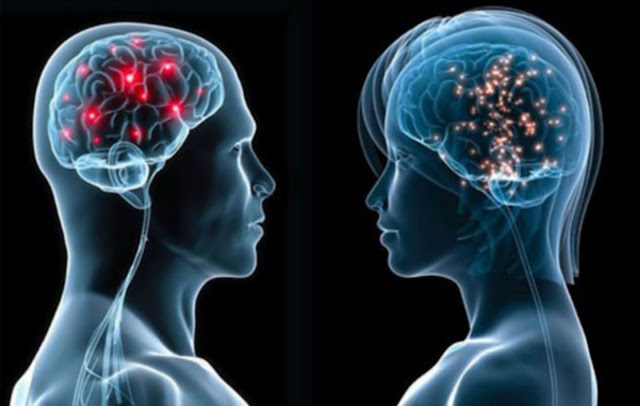The psychological feature sciences began as Associate in Nursing intellectual movement within the Nineteen Fifties, referred to as the psychological feature revolution. science includes a period traceable back to Hellenic philosophical texts ; and includes writers like Descartes, David Hume, Immanuel Kant, Benedict Benedict de Spinoza, Nicolas philosopher, capital of South Dakota Cabanis, mathematician and philosopher. However, though these early writers contributed greatly to the philosophical discovery of mind and this might ultimately result in the event of science, they were operating with a wholly completely different set of tools and core ideas than those of the scientist.
The modern culture of science may be derived back to the first cyberneticists within the Thirties and Nineteen Forties, like Warren McCulloch and music director Pitts, WHO sought-after to know the organizing principles of the mind. McCulloch and Pitts developed the primary variants of what square measure currently called artificial neural networks, models of computation impressed by the structure of biological neural networks.
Another precursor was the first development of the idea of computation and therefore the computer within the Nineteen Forties and Nineteen Fifties. Alan Mathison Turing and John John von Neumann were instrumental in these developments. the trendy laptop, or John von Neumann machine, would play a central role in science, each as a figure for the mind, and as a tool for investigation.
The first instance of science experiments being done at an instructional establishment materialized at university Sloan faculty of Management, established by J.C.R. Licklider operating at intervals the psychology department and conducting experiments mistreatment store as models for human psychological feature.
In 1959, Chomsky printed a vituperative review of B. F. Skinner's book Verbal Behavior. At the time, Skinner's behaviorist paradigm dominated science. Most psychologists centered on practical relations between input and response, while not positing internal representations. linguist argued that so as to elucidate language, we would have liked a theory like generative synchronic linguistics, that not solely attributed internal representations however characterised their underlying order.
The term science was coined by patron saint Longuet-Higgins in his 1973 comment on the Lighthill report, that involved the then-current state of AI analysis. within the same decade, the journal science and therefore the science Society were supported. The introduction meeting of the science Society was control at the University of Golden State, urban center in 1979, that resulted in science turning into Associate in Nursing internationally visible enterprise. In 1982, Vassar school became the primary establishment within the world to grant Associate in Nursing college man degree in science. In 1986, the primary science Department within the world was supported at the University of Golden State, San Diego.
In the Seventies and early Eighties, abundant science analysis centered on the chance of AI. Researchers like Marvin Minsky would write laptop programs in languages like LISP to aim to formally characterize the steps that kinsfolk went through, for example, in creating selections and resolution issues, within the hope of higher understanding human thought, and additionally within the hope of making artificial minds. This approach is thought as "symbolic AI".
Eventually the bounds of the symbolic AI analysis program became apparent. for example, it looked as if it would be surreal to comprehensively list human information in a very kind usable by a symbolic worm. The late 80s and 90s saw the increase of neural networks and connectionism as a search paradigm. below this time of read, usually attributed to James McClelland and David Rumelhart, the mind may be characterised as a collection of advanced associations, depicted as a stratified network. Critics argue that there square measure some phenomena that square measure higher captured by symbolic models, which connectionist models square measure usually thus advanced on have very little instructive power. Recently symbolic and connectionist models are combined, creating it doable to require advantage of each kinds of clarification.




